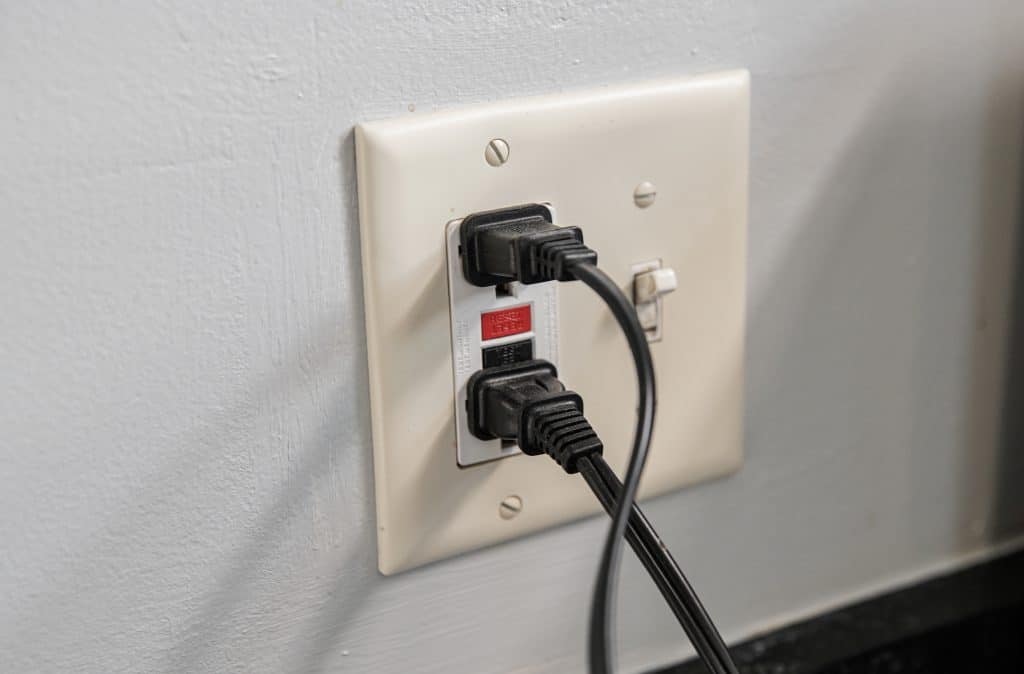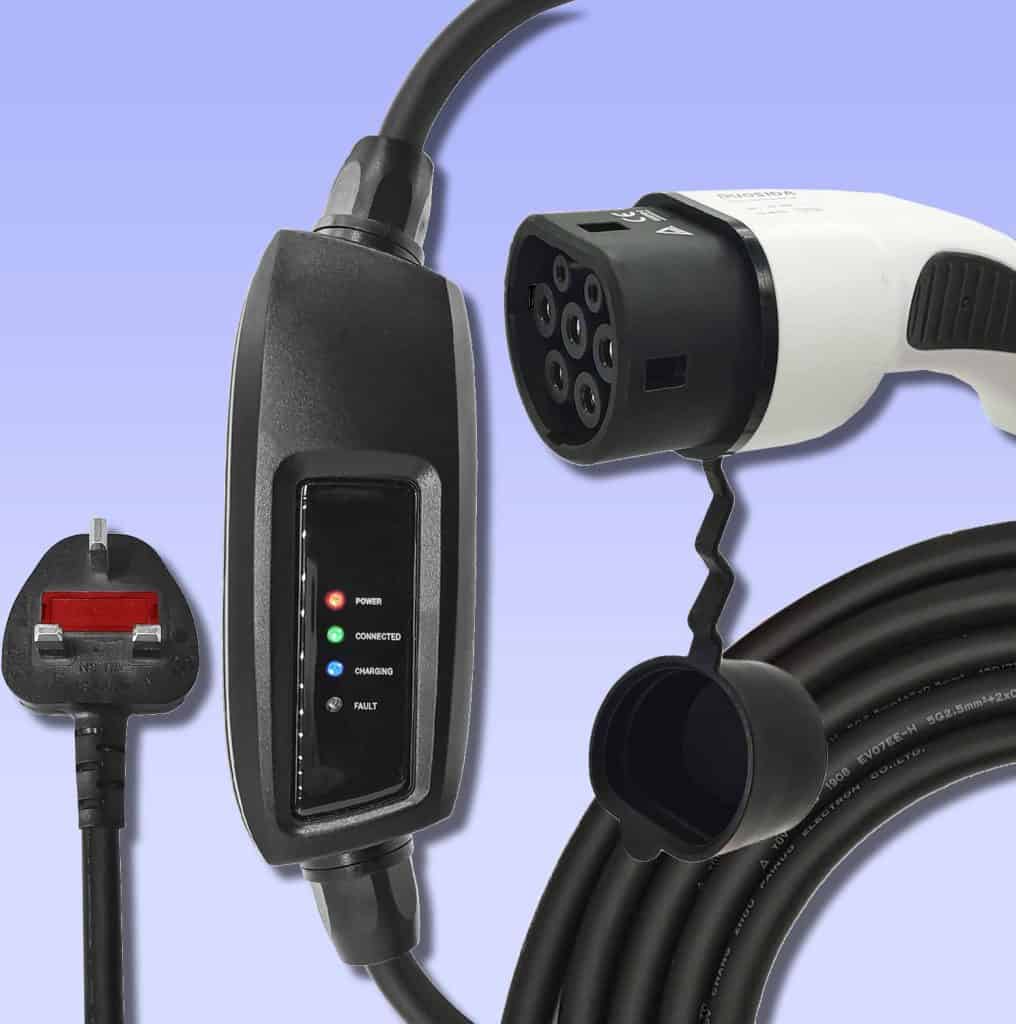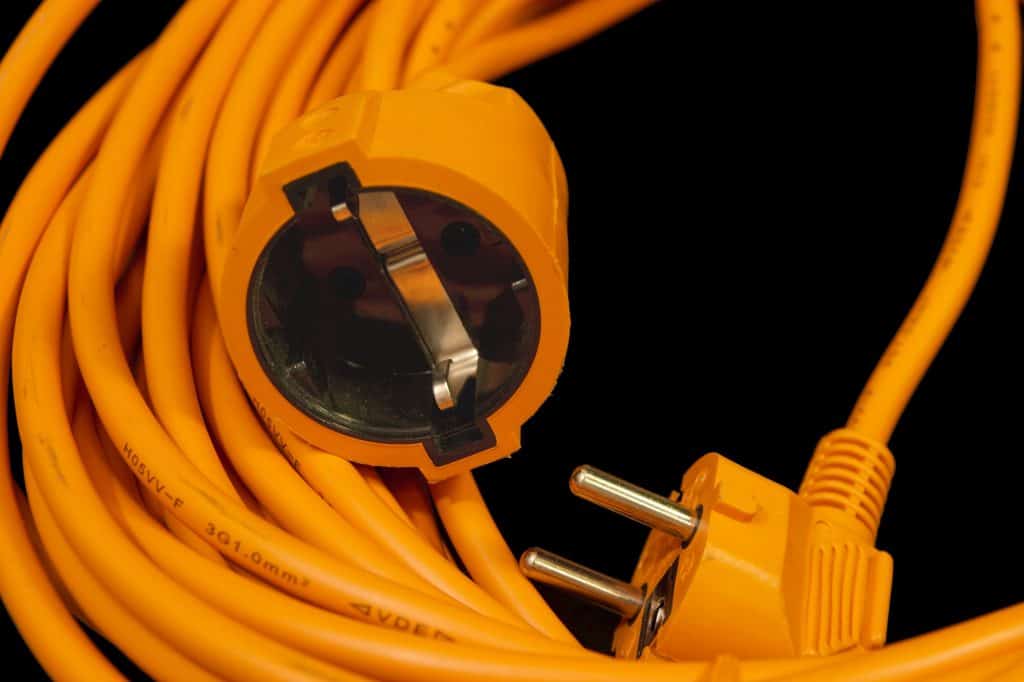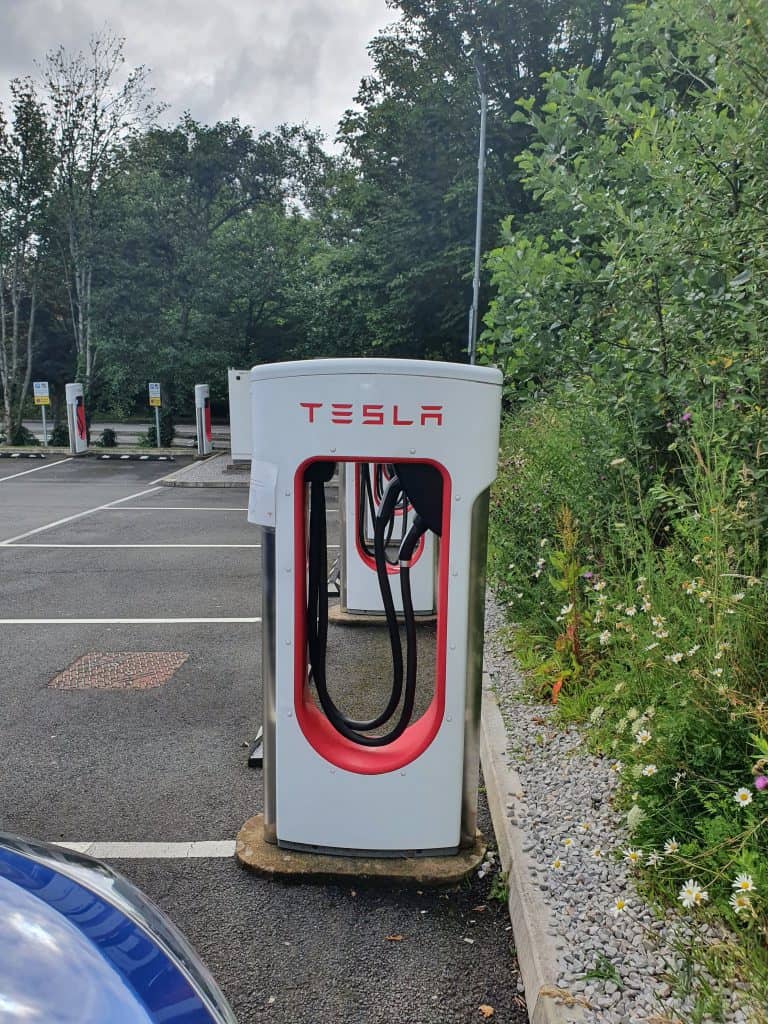As more and more of us prepare to make the switch from conventional gasoline cars to electric ones, there is a particular question that continues to nag us throughout our thought process — charging. What kind of charger will I need to keep my electric car battery full? Should I invest in a home wallbox charger? Should I also get a portable charger to keep in the trunk?
As we research electric cars and charging, we come across interesting new terminology that we have to learn. An interesting term that has grabbed the attention of many people is that of “granny charger.” How intriguing! What are granny chargers? How are they different from other charging systems? Are they safe? These questions and more will form the foundation of today’s blog post.
What is a “Granny Charger”? Why Is It Called This?
A “granny charger,” sometimes also called a “granny cable” refers to a type-1 charging cable for an electric vehicle — both battery electric and plug-in hybrid — that is typically supplied as the default charging method along with an EV when purchased. It’s typically a cable connected to an ICCB (In Cable Control Box) which is also connected to a standard plug that connects to a wall socket:
There are two competing theories as to the origins of the term “granny charger,” neither of which are particularly generous or kind to grandmothers:
- First, there are those who say “granny” refers to the slow speed at which charging occurs when using this type of device.
- Second, there are those who say that this type of charger is used when you are visiting your elderly relatives and they don’t have a regular wall charger for you to charge your EV – leaving you with a simple wall outlet as the only choice:

In the earliest years of electric cars, granny chargers were the norm since battery capacities were typically a lot smaller. This meant that even the trickle charge of a granny charger was sufficient to restore an EV to full power overnight. With some electric cars now boasting up to 100kWh batteries, however, the age of the trickle charger is essentially over.
This can be seen, too, as more and more OEMs are no longer providing a type-1 (or level-1) charger as standard with an EV purchase. The more standard approach is to provide cables that will connect with either a home wallbox, or a public charging unit. That being said, granny chargers are still enjoying strong sales online, with many still being willing to buy one as a backup solution for those situations where no other charging option is available.
The fact is that while not everywhere is equipped with a proper type-2 (level-2) charging solution, the vast majority of places do have a spare plug socket here and there with access to the main public electricity supply. If you have a granny charger, then that’s all you need to put some juice back into your EV.
How Long Does it Take a Granny Charger to Charge Up an EV?

As the not-so-generous name of the granny charger suggests, and as we have mentioned previously, the speed of charging when using a granny charger is inevitably slow.
When plugged into a standard 100-V outlet, a granny charger will only charge at a rate of about 1.3 to 2.4 kW. That translates to about 3-5 miles of range added to your EV per hour.
If you’re driving a plug-in hybrid with an electric range of 25-30 miles, for example, then this kind of charging speed is more than sufficient for an overnight charge. However, with most new models boasting ranges of 220+ miles, it’s hardly practical to charge at such a slow rate. That’s not to say it’s not technically possible, but rather it’s just not practical.
A full charge of a Tesla Model 3, for instance, could take up to 40+ hours using a level-1 granny charger.
Can You Use Granny Chargers with Extension Cables?
The short answer to this question is yes, they can, but they have to be the right kind of extension cables. We’ll explain more below.
There has been a common problem with some granny chargers, namely that the cable supplied with the charger isn’t long enough to connect the car to the nearest wall socket. The natural solution many turn to is the use of extension cables/leads. There is considerable debate online as to the overall safety of such a practice.
In theory, extension cables are fine to use since the amount of power being put through the system is relatively low compared to that used in level-2 or fast DC charging. The bigger problem as many see it, however, isn’t the amount of power but rather the amount of time that the power levels have to be sustained.
The cable that is attached to the granny charger has been specifically designed and manufactured to handle that kind of sustained electrical charging stream. An extension cord, however, has a thinner cable that is not meant for such uses.
A useful analogy here would be that of a hosepipe. You wouldn’t attach an extension pipe to your hose that was only as thick as a drinking straw and hope that the water would come out at a sufficient pressure to get the job done. The same is true of chargers.
Therefore, if one is going to use an extension lead, then it’s important that they research and find one of sufficient thickness and durability that befits this kind of use:

These can be found online or in good hardware stores. If you’re unsure on what type to use, then consult with your retailer or with the manufacturer to see what can qualify. Just remember that not all extension cables are created equal.
Are Granny Chargers Safe to Use?
When used properly and in line with the instructions given by the manufacturer, and as long as they aren’t used with unsafe extension leads as described above, then granny chargers are perfectly safe to use.
In fact, if anything, granny chargers are safer than any other form of charger because they charge your car more slowly, and thus provide a healthier and more sustainable stream of electricity that doesn’t upset the battery chemistry.
The standard advice when it comes to charging is that the slower you can tolerate, the better. Use of DC fast chargers is only advised when undertaking long journeys, or when you’re charging out on the road and thus need to gain more range in a shorter time. For all other instances, slower methods are recommended, including the new normal level-2 charging points, and granny chargers.
When a car is subjected to fast charging on a regular basis, it starts to upset the chemistry of the battery over time, reducing its capacity and thus reducing the overall maximum range that a car can achieve on a single charge.

Technology is constantly changing and improving, and batteries made in 2022 are more hardy and resistant to such strain when compared to those made back in 2015-2016.
However, the fact still remains that granny chargers are not just safe to use, but probably among the safest because they involve a smaller and slower stream of electricity, and thus don’t create the same kind of excess heat that other chargers do. An absence of excess heat in an EV is, by definition, safer.
Are Granny Chargers Waterproof?
Generally speaking, granny chargers are waterproof in themselves as far as the cable and charging box go, but the plugs are definitely not waterproof. If you want to know the strength of your charger’s water resistance, you can check its IP (Ingress Protection) rating. Most online products will make a point to display this number as it’s a key attribute that people tend to look for in such chargers.
IP ratings are displayed as the letters “IP” followed by a two-digit number. The first digit refers to its rating for protection against solid foreign bodies such as dust. The second digit refers to its rating for protection against liquid foreign bodies such as water, so it’s the second number that’s most important for this question.
Here are the IP ratings for liquid protection, they go from 0-8
- 0 – No special protection
- 1 – Protection from dripping water
- 2 – Protection from vertically dripping water
- 3 – Protection from sprayed water
- 4 – Protection from splashed water
- 5 – Protection from water projected from a nozzle
- 6 – Protection against heavy seas, or powerful jets of water
- 7 – Protection against immersion up to 1 meter for 30 minutes
- 8 – Protection against complete, continuous submersion in water
Solid matter ratings go from 0-6, so the higher the two numbers after IP — the highest being “68” — the more resistant it is to both dust and water. However, these ratings only refer to the main charging box unit, and not to the plug. Your plug must always be in a secure and covered location, safe from any ingress of water, even a small amount.
The advantage of a water-resistant charger is that you could have the unit plugged safely into a garage socket, but the cable would lead out to your car parked outdoors, and it would charge safely even if it were raining.
1 comment
Hi Tristan
Thank you for your interesting and helpful article above. I wonder if you can help me resolve a problem. About a month ago I bought a VW-e-Up! and recently had an outside 13amp socket fitted (for a Granny lead, 3 metres long as supplied with the vehicle, no extension lead is needed) to charge the car or for use with my lawnmower, on the outside wall of my house. This was wired up to my consumer unit with a B16 RCBO to trip at 30 m.a. and uprated wire between the outside socket and the consumer unit. The guy who originally fitted my consumer unit, 9 months ago, said it should have an integrated O-PEN device fitted or a dedicated earth rod but the guy who fitted the 13 amp outside socket said this was only necessary if you were fitting a “dedicated” car charging unit. As I also want to sometimes use it for my electric mower, I would think it is not “dedicated” to the car charging only. Is that correct? I want it to be safe and secure as per regulations but the 2 electricians advice seems to contradict! I’m confused!
Your advice would be highly valued, please.
Best wishes
Dave (from Bournemouth)